ACTOR ‘TOOLS OF THE TRADE’
Essential tools you’ll need as an on-screen actor
Tools of the trade for aspiring actors – what you need for success. As a casting director, I’ve had the privilege of watching thousands of actors step in front of the camera, each bringing their unique talent, energy, and vision. But no matter how natural a performer’s talent may be, the journey to securing that first big break requires more than just acting chops.

For aspiring actors looking to carve out a space in the competitive world of film, television and commercials, there are essential tools of the trade that will set you on the right path.
Whether you’re dreaming of the next blockbuster or aiming to build a strong foundation in indie films or getting cast in a lucrative broadcast commercial, here’s a guide to help you get started.
1.
Headshots: Your First Impression
-
A high-quality headshot is one of the most important tools in an actor’s arsenal. It’s your visual resume and often the first impression you make on casting directors. Here’s what you need to know:
- Professional quality: Your headshot should be professionally shot. This isn’t the time for selfies or casual photos.
- Show range: You can have multiple headshots that showcase different looks (e.g., commercial vs. theatrical). Ensure they reflect the types of roles you’re targeting.
- Keep it current: A headshot should always resemble what you currently look like. If you change your hairstyle or significantly alter your appearance, it’s time for new photos.
2.
Resume: Highlighting Your Experience
Even if you’re just starting out, a well-organized resume is essential. Your acting resume outlines your experience, training, and special skills. Here’s what to include:
- Film/TV roles: List your acting roles, starting with the most recent. If you have no experience yet, don’t worry! Start by building with student films, indie projects, or theater.
- Training and workshops: Highlight any acting classes or workshops you’ve attended. Casting directors appreciate actors who continue to hone their craft.
- Special skills: Can you do accents? Dance? Ride a horse? These details can set you apart for certain roles.
The casting director will be looking at your experience, training and skills. Some other vital information are things like your weight, height and Ethnicity. Sometimes these can be very important elements so be sure to add that information. When I’m casting and I present talent to the client along with your self-tape the client wants to know your physical attributes to see if you fit the mold of the character they are looking for.
RESUME TIP: I have a free ebook on ‘How to get into Film and TV Acting’. Inside that ebook is a free resume template that is fully editable so you can create yours from. CLICK HERE to get the free download
3.
Showreel:
A demonstration of your talent – A showreel is otherwise known a demo reel.
Getting a role in a big-budget film right away is rare for any beginner, so it’s important to start with smaller projects that can give you experience and build your resume.
- Quality over quantity: Use a few short, impactful scenes rather than a long reel. If you’re just starting, even a well-produced monologue or scenes from student films can be a good start but choose wisely. Not all student film footage will work in your favor.
- Tailor your reel: If you’re auditioning for comedy, include comedic scenes. If you’re aiming for drama, go with serious, emotional moments.
Personality Reel: If you simply don’t have anything to start with, another alternative is to do a personality reel. I really like this one from Frances Fox. Study the topics she covers and how her reel was edited. You’ll see different framing, close up and mid shots. This keeps the interest of the viewer. I suggest editing your reel to about 1 minute long.
Comedy reel: Here’s another option if you don’t have clips yet for a demo reel. This is a comedy reel by Dallas Edwards playing the role of Joella. I think he’s fantastic. The age range is all wrong but it kind of makes it funnier.
Reels like this can be done relatively quickly and easily from the comfort of your home without any exhorbitant cost. Use some creative thought in your script and plan how you are going to edit for the best results. I have a blog post about editing HERE.
4.
Self-taping Setup:
Audition from anywhere!
- With self-taped auditions now being the norm, having a reliable self-taping setup is crucial for actors. This is something you will need to perfect in order to impress the casting director.
Here are the essentials you’ll need:
Camera
When you are just starting out you can simply use the camera on your cell phone.
If you want to up your game and show high quality video or if you want to start creating some pro level videos and reels then you should consider upgrading to a DSLR camera. Here are my top 2 pics for DSLR digital cameras.
There are some fundamental things I feel your camera should have when it comes to self-tapes and creating video content.
- Excellent focus
- High resolution
- Rotating display screen so you can see yourself for framing purposes
- Low level light capability
- Excellent sound capability
There are many cameras of varying budgets on the market but these 2 cameras are widely used by actors, vloggers and content creators. They have excellent features and create high quality videos, not to mention they have great reviews and ratings.
- Tripod should extend to your eye level
- Include a cell phone accessory with landscape orientation, if using your cell phone
- Have a removable shoe mount for a DSLR camera, if you are using one
- Have a head that can tilt and swivel
- Have a lightweight but solid construction
This 2 in 1 tripod is a great example of a tripod that has all these functions and is designed for a lightweight DSLR like the Sony ZV-1 and Canon EOS R6 Mark II cameras above
Lighting
Proper lighting can elevate your self-tape by making sure your face is well-lit and free of shadows. Consider investing in:
- Ring light: A ring light is a popular choice because it provides even lighting and reduces shadows. I use the Neewer 18″ ring light. The light is adjustable and it comes in a full set with the tripod and a cell phone holder attachment.
- Softbox lights: These offer a soft, diffused light that can make your self-tapes look professional. Place them at 45-degree angles from either side of your face for even lighting. My only negative is that soft boxes take up a lot of room so be mindful of the space you’ll be setting up your self-tape equipment in. This is a Neewer Softbox lighting kit that comes in a 2 pack with the tripod stands, bulbs and softboxes all packaged into it’s own carry bag.
- Dimmable LED lights (instead of softboxes): I use the Neewer Dimmable Bi-color LED 2 pack lights along with the Neewer ring light above. It works fantastically and gives perfect lighting. I can adjust the color temperature, make the lighting softer or warmer. The LED panels are adjustable in height and can be angled. I like to test the angles until I get a perfect skin tone and remove shadows. These are placed on either side of the camera.
You might notice that I’ve recommended Neewer products for the lighting options and that is because I’ve tried a lot of different lighting options to try and get the lighting right. Some were good and some not so much – as in they did not last very long, were poor quality, didn’t give the output I wanted or were great but too expensive. The Neewer products are my happy medium. They are great quality for the price, gave the lighting results I wanted, and I’ve had many years of use with them with no need to replace them yet. They also have very good ratings and reviews. It’s a brand I trust.
Backdrop
- Neutral-colored backdrop: A solid, neutral color such as light gray, beige, or blue works well. Avoid busy or brightly colored backgrounds. If you have darker skin it’s best to use a lighter background so the casting director can distinguish you easily from the background.
- Portable backdrop: If you don’t have a neutral wall in your home, you can purchase collapsible backdrops that are easy to set up and store.
- The Neewer double sided blue and gray collapsible backdrop is a low profile option that doesn’t take up a lot of space. You can use a frame to hold it up or simply hang it from hooks using the loops. It’s great for traveling and is super light weight.
- The Raubay products is another brand I trust. This is the Raubay Large Collapsible backdrop perfect for those full body profile shots. 78.7″x 78.7″ Very easy set up and comes in blue, green, white, gray or black. Wrinkle resistant fabric. Slim profile – if you’re limited on space – No bulky frames.
Sound
- External microphone: Although most smartphones and cameras have built-in microphones, investing in an external mic (like a lapel or shotgun microphone) can significantly improve sound quality.
- Quiet environment: Choose a quiet room with minimal background noise. Turn off fans, air conditioning, and any other distracting sounds before recording.
- The PowerDeWise Wired Lavalier Mic is actually the mic I use most often with my cell phone. I don’t have to worry about charging it and it gives and uninterrupted crisp sound recording. These are very affordable also. If you use this with your cell phone I suggest getting the extension cable and the adapter for your iPhone or Android.
- The PQRQP Wireless Lavalier Mic (3 in 1). This can be used on an iPhone, Android or any device with a 3.5mm port. It has a 65 foot recording range and up to 7 hours of recording time. Be sure to charge these before you use them…. nothing worse than giving an amazing audition to find the mic wasn’t working. Always test your equipment before doing your self-tape.
- The Rode Shotgun Pro Mic for a DSLR Camera. Rode is a highly trusted name for professional audio gear. This is the mic I use on my DSLR Nikon D850. I can add it to the shoe mount on my camera but I mostly thread it onto a boompole for perfectly clear sound recording.
Reader
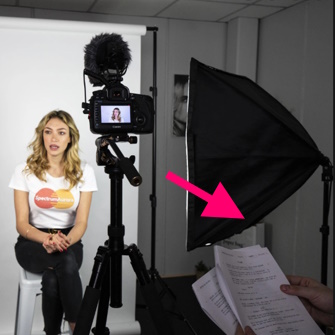
The ‘READER!’
What is a ‘reader’. It is someone that will read the opposing lines in the sides (script). The other lines need to be read so you can react appropriately.
I know a lot of actors struggle with this especially when they are new or just moved to a new area and don’t know anyone to read with.
It’s important that you have a good reader. They can make or break your audition. Make sure to prep them well. Here’s how to approach it:
- The reader should read in a lower volume than you: The reader’s voice should be clear but not overshadow your performance.
- Reader is off-camera: The reader should be off-camera to ensure the focus stays on you.
If you have someone in your house that can read the other lines…and they are willing – use them. I suggest giving the sides to your reader before recording your self-tape so they familiarize themselves with the lines and can respond accordingly. Practice beforehand. A big distraction for the casting director is when the reader takes too long to read the other characters lines. Keep the momentum and pace of the conversation normal and natural for the scene (not delayed).
If you do not have someone at home to read with you then here are some other options:
- Virtual readers: Use a virtual reader through apps like Zoom or Skype. Just be sure their voice is clear. You can also have someone on speaker phone.
- Record the lines ahead of time: Here is a great self-tape hack if you don’t have a reader. Watch this video from Dan Warner. It’s a trick I’ve used in the past too.
Editing Software
Once you’ve captured your performance, you may need to edit the footage:
- Basic editing software: Programs like iMovie or Windows Video Editor are free to use and have basic editing features. You will need to trim clips at the beginning and end of your audition to remove moments where you are setting up and getting yourself ready. If you need to adjust lighting, and enhance sound quality you could look at more advanced features through a paid editing app. I have an entire blog post around editing software that you can read HERE.
- Format requirements: Pay attention to any specific file formats or time limits given in the casting instructions. Export the final self-tape accordingly (commonly MP4 format).
5.
Connecting with the Industry
The film industry is as much about who you know as what you can do. Attend industry events, film festivals, and workshops where you can meet other actors, casting directors, and filmmakers. Join local film groups, and don’t be afraid to reach out on social media to connect with people whose work you admire. The more people you know, the more opportunities will come your way.
Knowing where to connect with others in the industry is an important part to meeting the right people and learning what’s new in the industry. An actor’s online presence is also an integral part of networking and showing your professionalism as an actor to the people you meet.
- Research industry events & film communities: Facebook groups relating to the film industry are easy to find and join. This is where you will learn where the meet ups, film festivals, workshops, upcoming projects and casting calls are.
- Casting platforms: Join reputable casting websites like Actors Access, Casting Networks, or Backstage where you can create a profile, upload your headshot, resume, and showreel, and submit for roles.
- Social media: Facebook, Instagram, Twitter, and LinkedIn can be valuable tools for networking. Follow casting directors, filmmakers, and other actors to stay connected to industry trends and audition opportunities.
- Personal website: Having a personal website is not a priority so do not feel obligated to have a dedicated website. Your profile on the casting platforms you join can serve as your dedicated online profile page. There’s a lot involved with creating and maintaining a website. If you choose to do that it’s a great place to create your portfolio (headshots, resume, reel) and can add an extra layer of professionalism. It’s a central place where potential agents, casting directors, and producers can find your work.
6.
Acting Classes:
Never Stop Learning
To me, this is priority number one and should be at the top of this page. You are not just getting trained but networking at the same time.
Continual learning is the key to growth in the entertainment industry. Actors who consistently train will stay sharp and ready for diverse roles. Seek out:
- Scene study classes: Regular scene work will help you dive deeper into character development and enhance your performance techniques.
- Improv classes: Improv can sharpen your ability to think on your feet, a skill often tested during auditions.
- Specialized workshops: Focus on areas you want to improve, whether it’s mastering accents, on-camera technique, or learning about specific genres like commercial or comedic acting. I suggest taking workshops with Casting Directors too. They don’t get a lot of time to give training but when they do take the opportunity to attend. They have valuable experience and knowledge that you’ll want to glean from.
I know getting trained, for some people may be difficult, especially if you live rural or you travel a lot. Consider doing online acting classes if you can’t attend in person. The US Talent Academy is a great resource for online training. Their graduates have gone on to act in shows like High School Musical, The Lone Ranger, Yellowstone etc.
Final Thoughts
Breaking into the film industry takes time, dedication, and persistence. While talent is essential, building a career requires using the right tools effectively. As a casting director, I’m always impressed by actors who show up prepared, professional, and committed to their craft. Make sure your headshots, resumes, and showreels present you in the best light possible, and always have a self-taping setup ready to go. Keep honing your skills, and remember that preparation and professionalism can make all the difference.
With these tools at your disposal, you’ll be well on your way to landing that first role and many more to come. Keep learning, keep networking, and most importantly, keep acting!




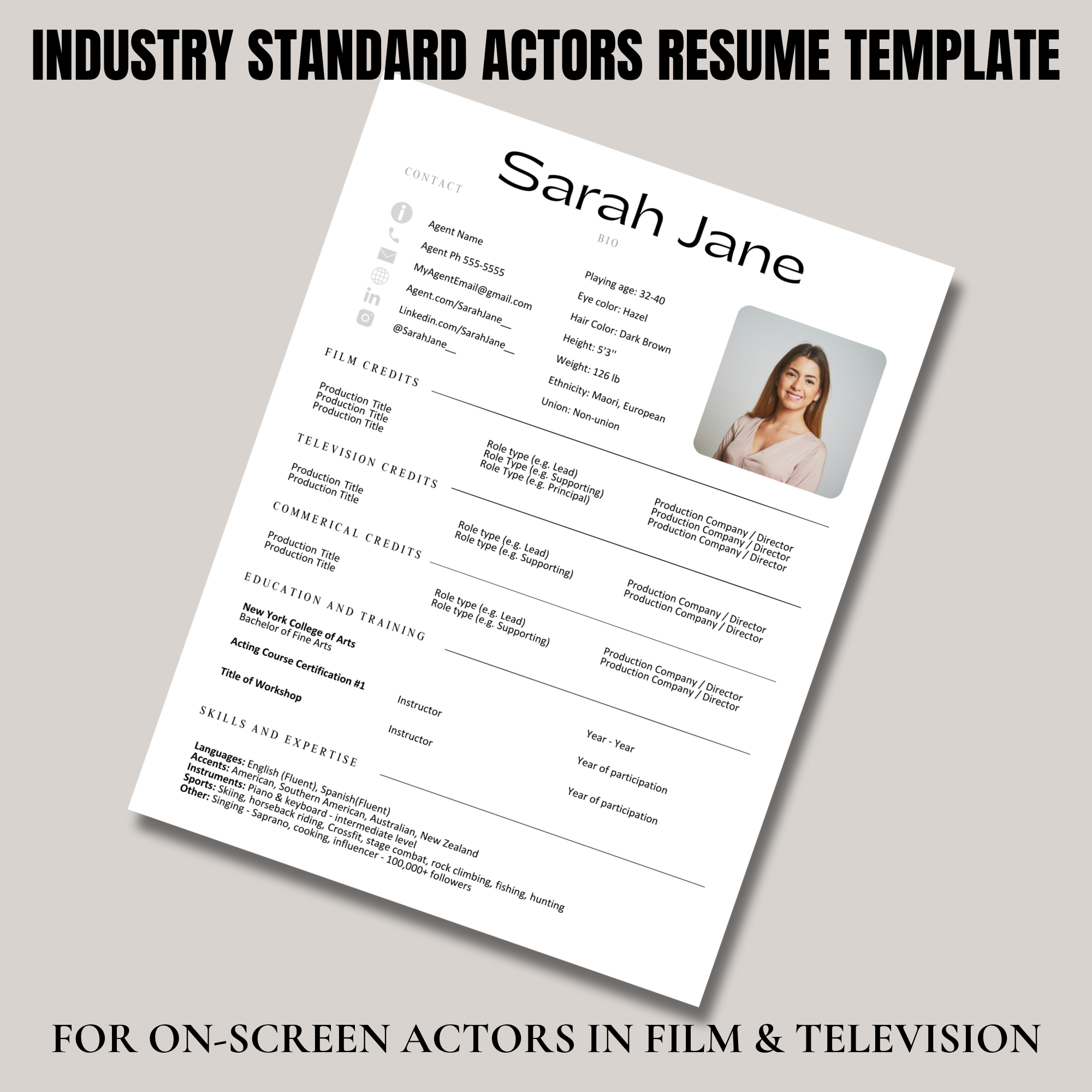
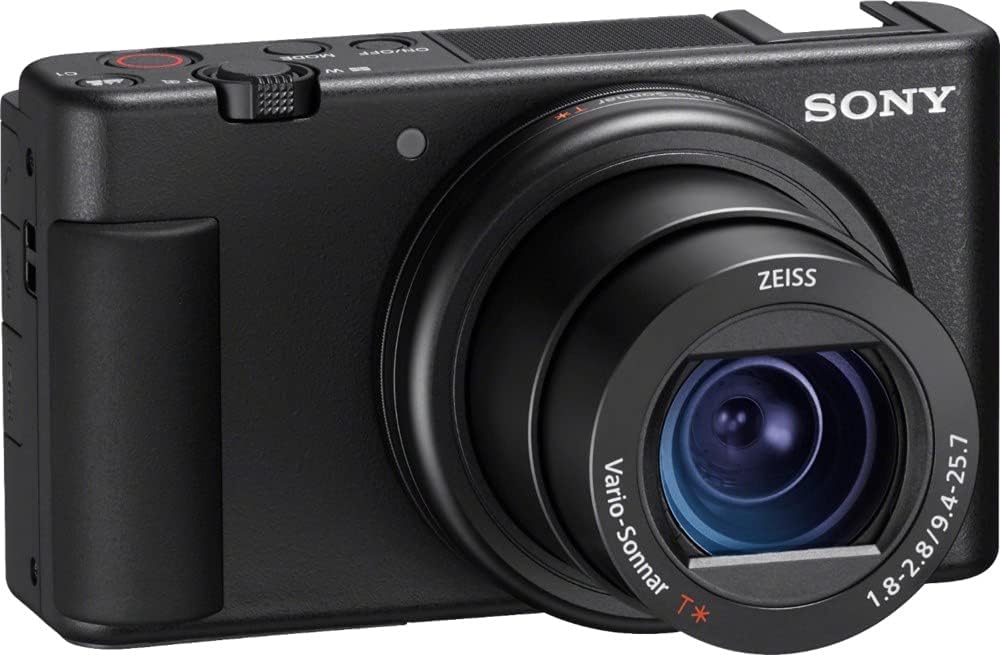
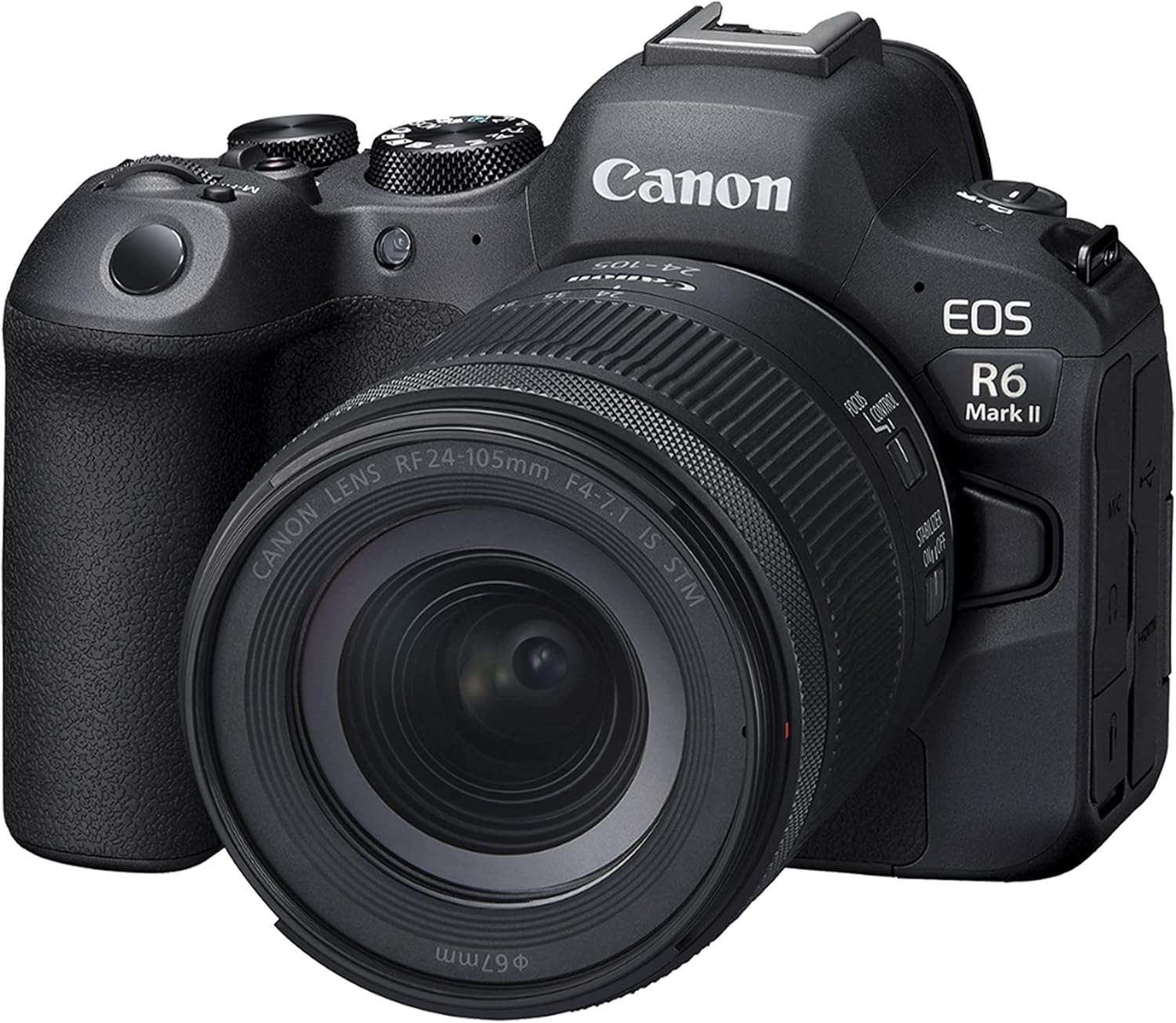
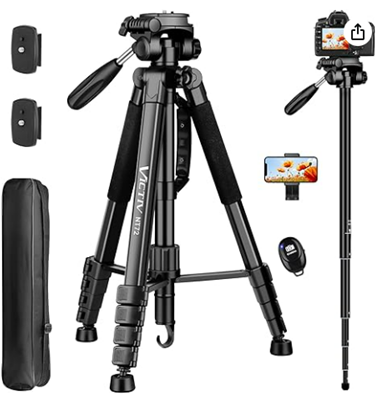
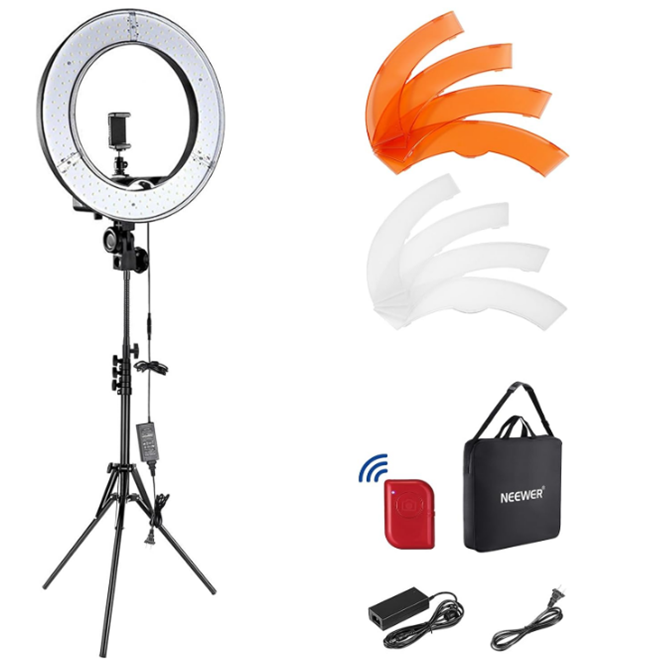
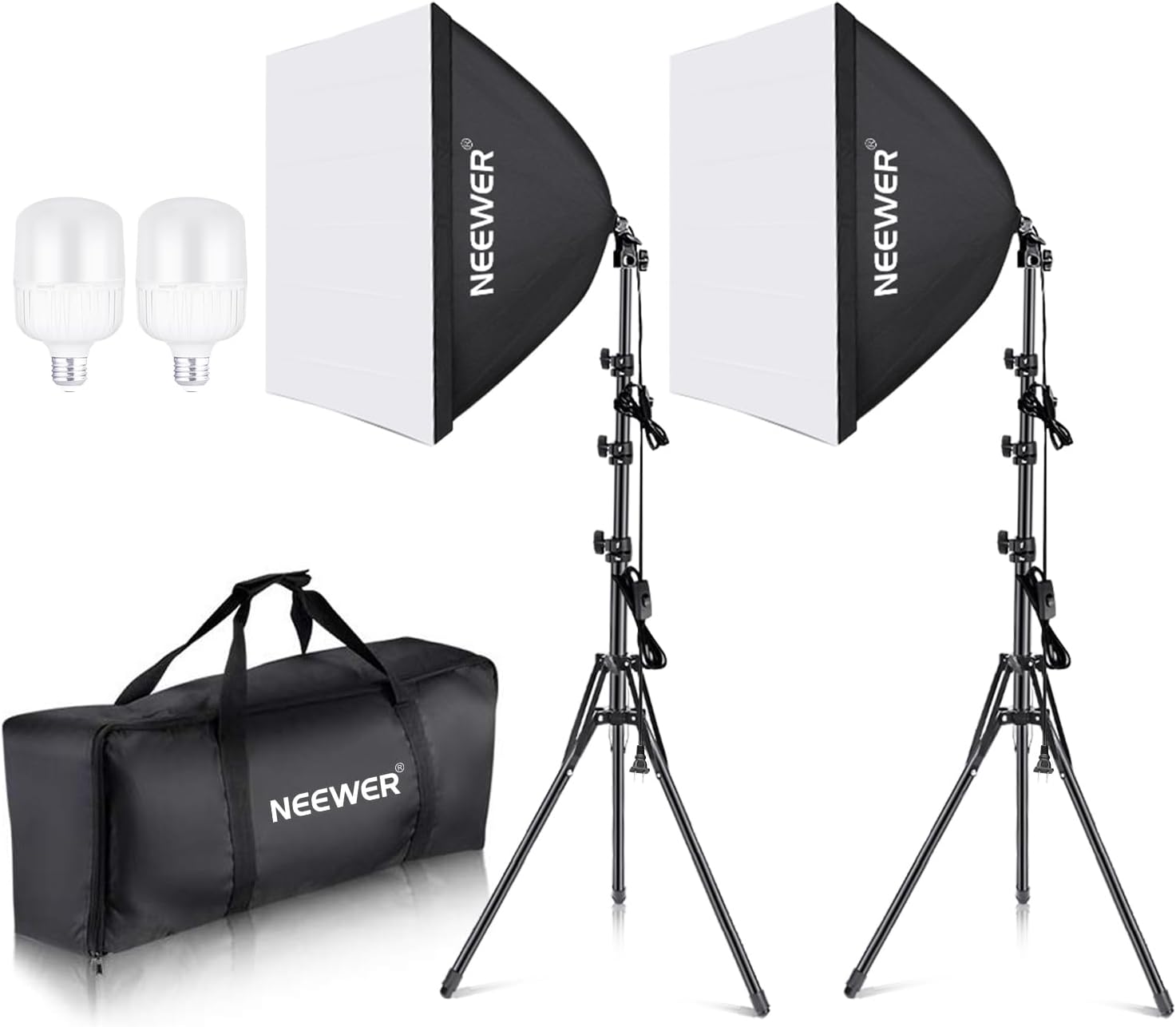
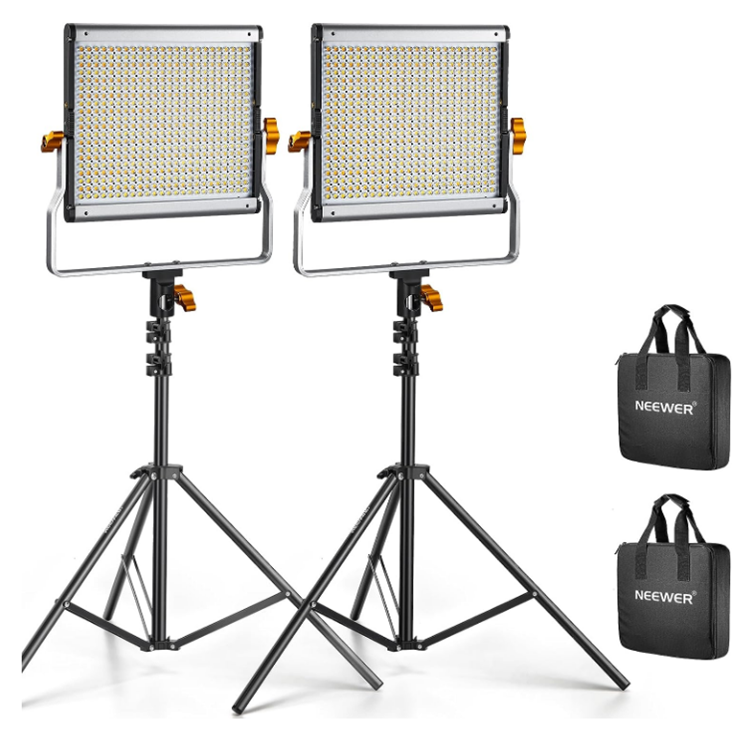

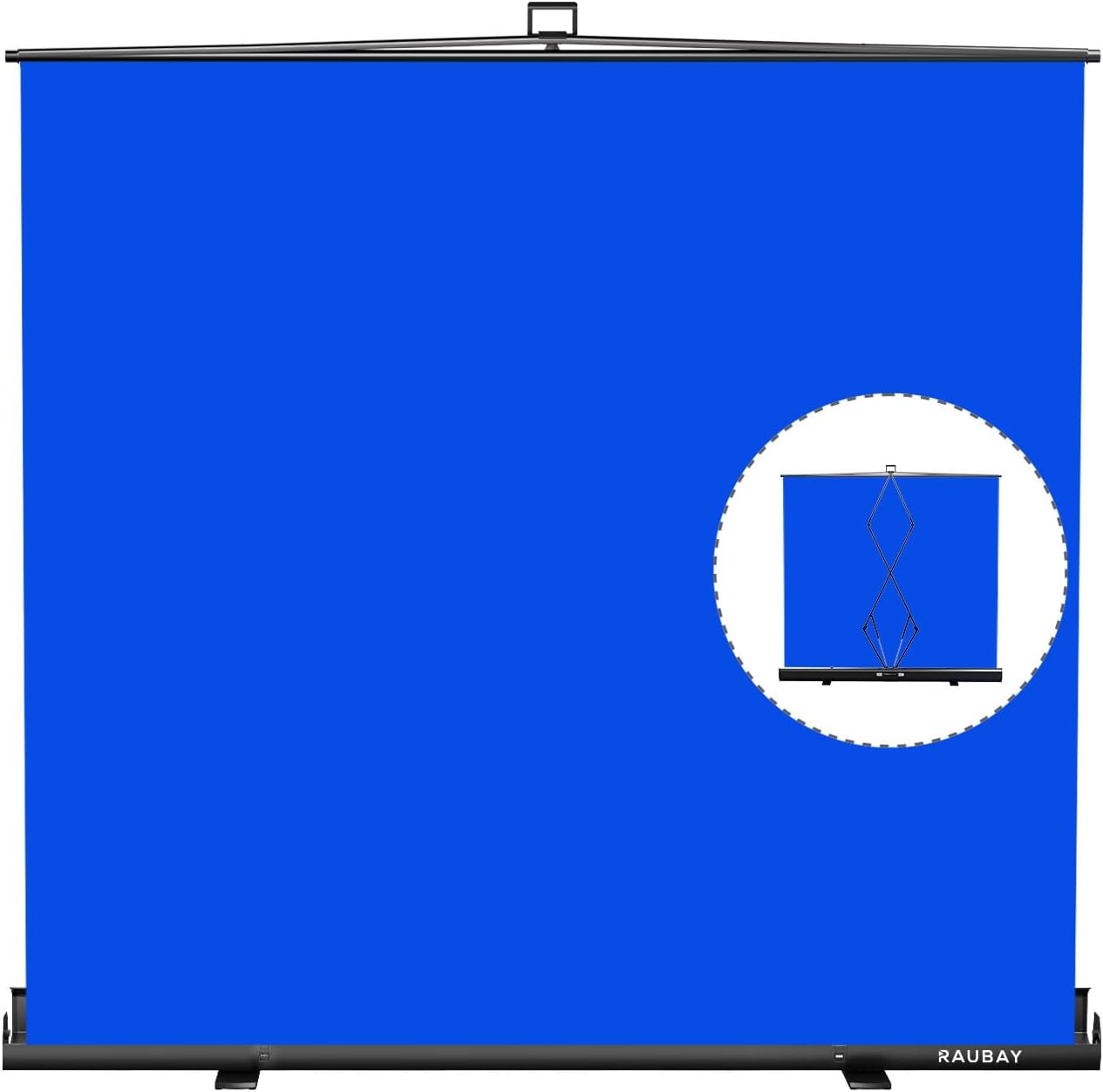
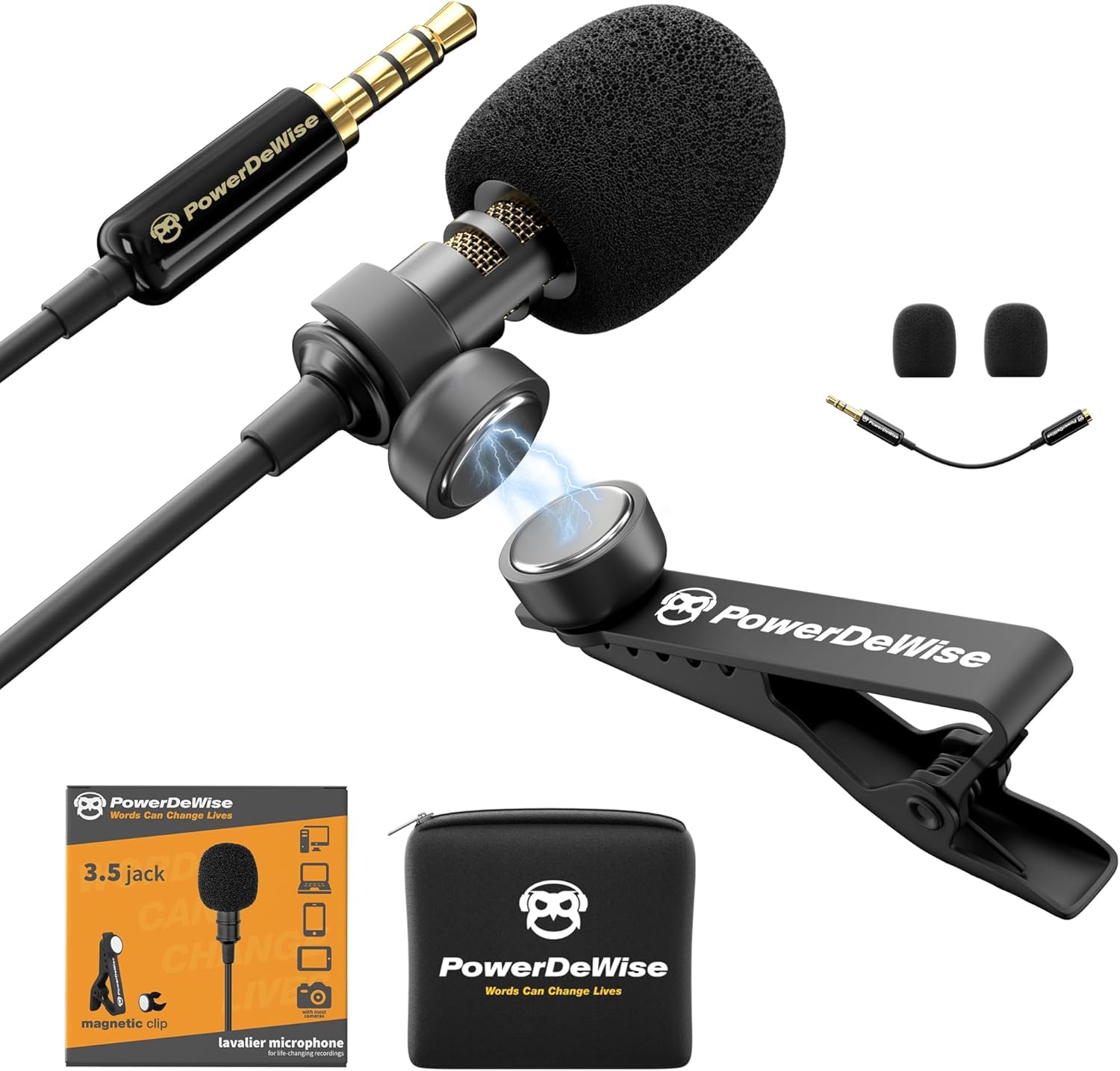
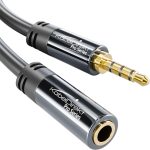
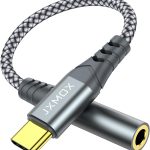
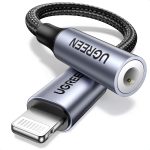
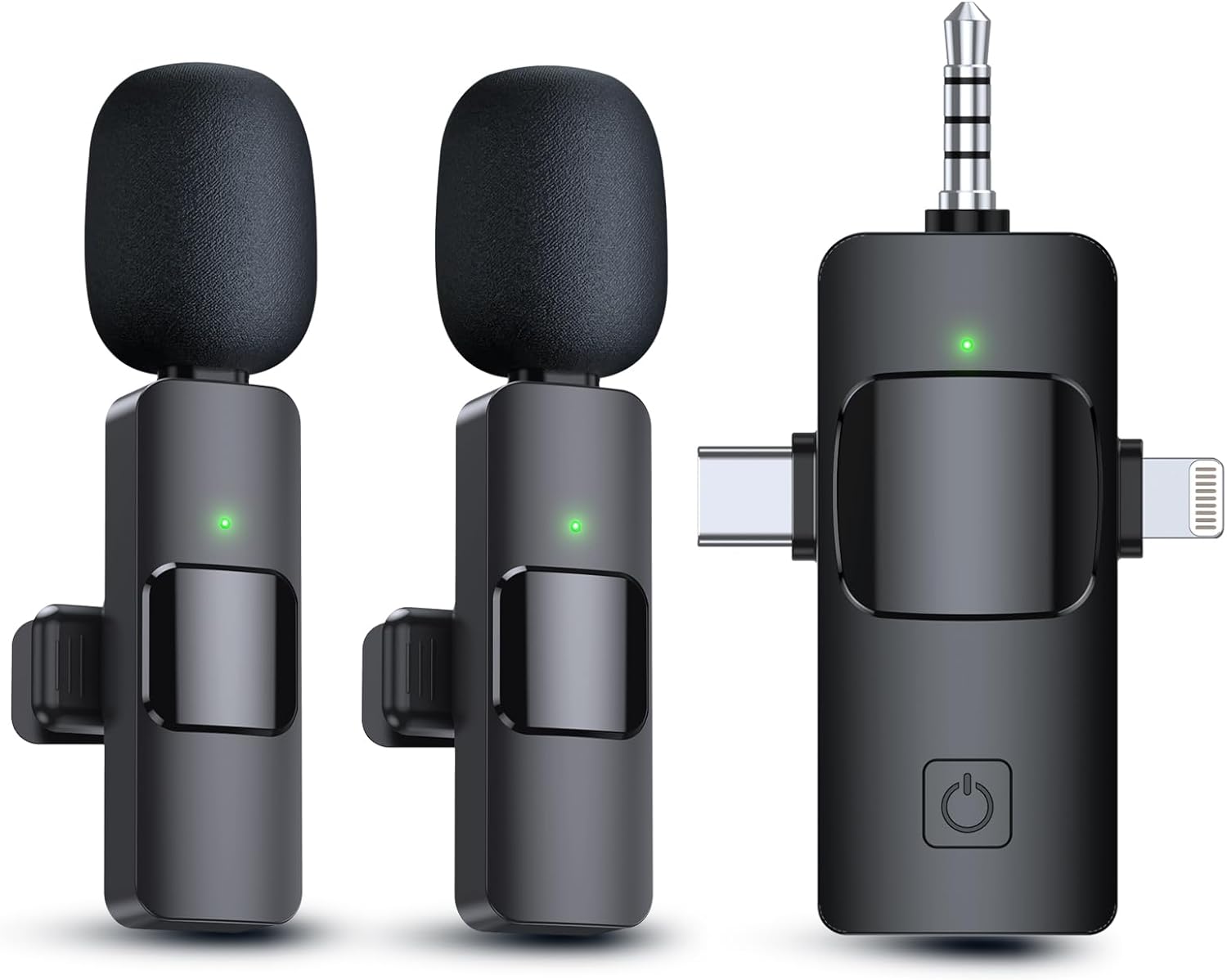
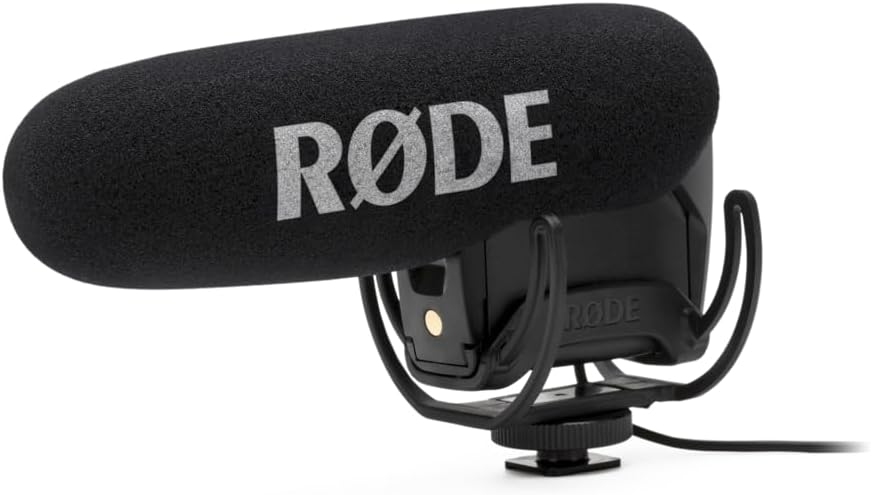

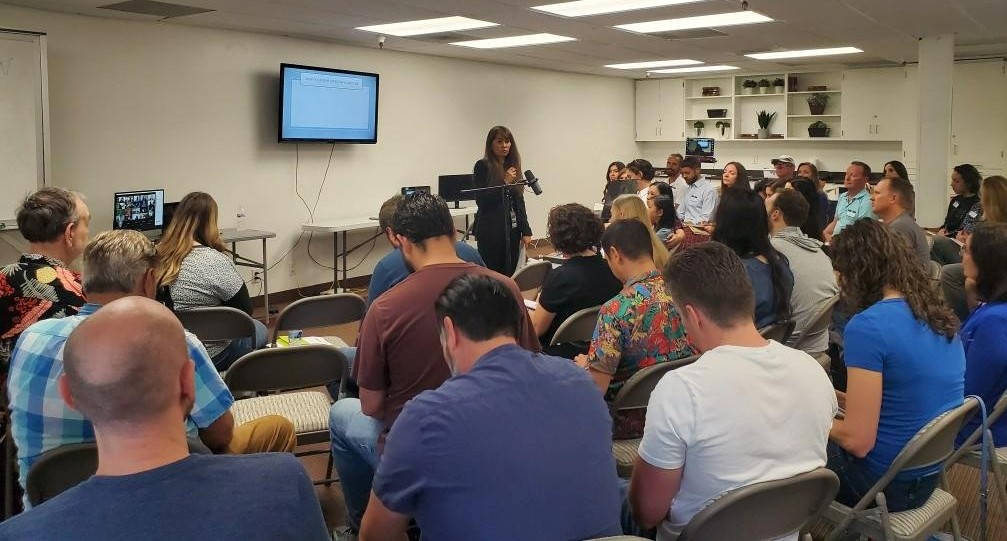
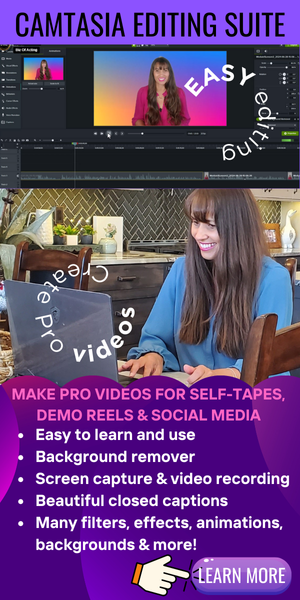

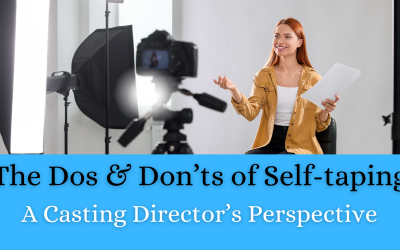


0 Comments